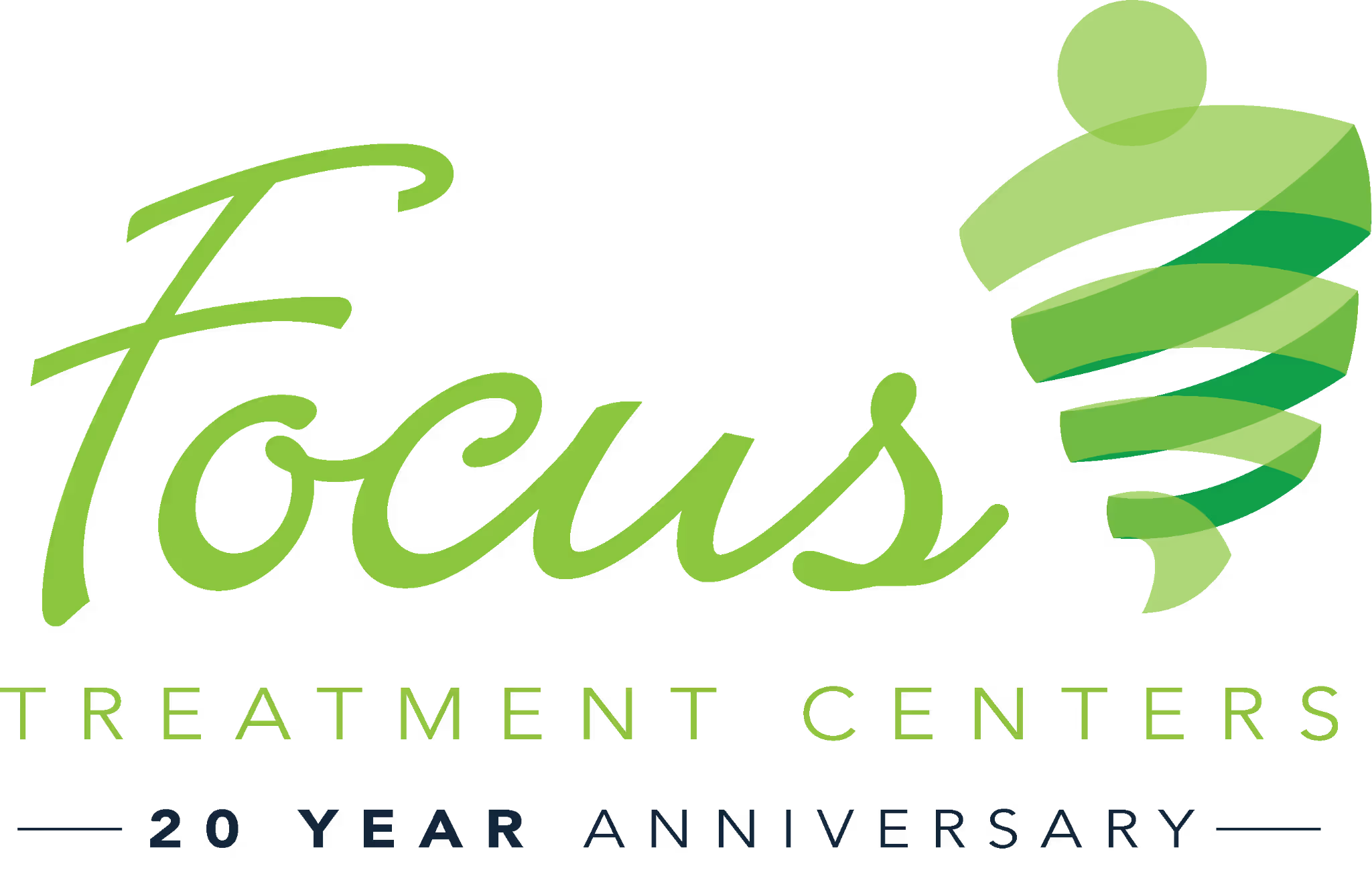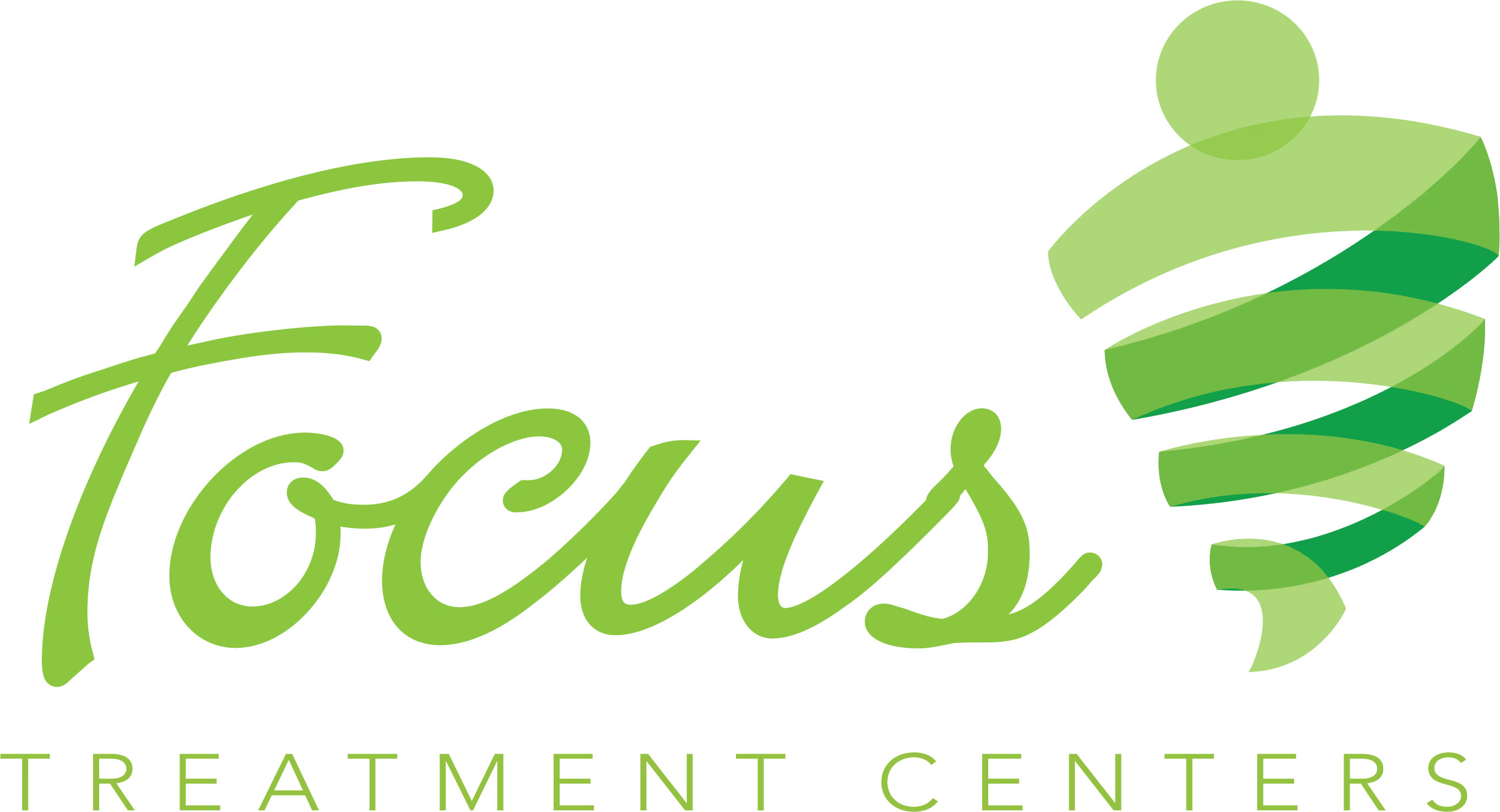What are SkinnyTok and Y2KSkinny, and Why are They So Dangerous?
Social media trends come and go. Some are harmless. However, others are downright dangerous. That’s certainly the case for two of the most recent trends to hit popular apps like TikTok - SkinnyTok and Y2KSkinny.
How do social media trends like these develop? How can you easily detect this type of content so you can avoid it? And what is it about these and other weight-related trends that makes them so dangerous?
What are SkinnyTok and Y2KSkinny?
As you may have guessed, SkinnyTok got its start on the popular app, TikTok. By just searching the hashtag #SkinnyTok, users immediately gained access to all kinds of posts and influencers attempting to capitalize on this trend. Doing so revealed all kinds of dangerous health information that was cleverly disguised as health and diet advice.
Similarly, the trend, Y2KSkinny, is attempting to make a comeback. This trend dates back to the late 1990s and early 2000s, when Millennials were all about maintaining a thin body. However, accomplishing this goal required using weight loss drugs, illicit substances, starving yourself, extreme diets, and excessive workouts.
Both trends are characterized by vilifying weight gain while glorifying being thin. It should come as no surprise that they promote eating disorders.
How Do These Social Media Trends Develop?
Like it or not, social media popularity has become the ultimate goal for many young adults and teens today. Even Millennials and Gen Xers find it hard to resist reaching for the elite status that accompanies the right number of likes and followers.
Once a trend has the potential to go viral on social media, everyone will jump on it, sometimes whether they agree with it or not. Unfortunately, this results in hashtags like #SkinnyTok and #Y2KSkinny becoming tools to boost people’s online reputations. It only takes one influencer to start a chain reaction, and it’s incredible how quickly these types of trends develop and spread.
Avoiding Social Media Trends That Promote Eating Disorders
First and foremost, when it comes to avoiding these types of dangerous social media trends, it’s important to realize one simple fact - they are out there. Awareness is often the key to preserving your health. However, there’s something else you can do, too, and that is to be intentional.
Apps like TikTok and Instagram are very easy to get lost in. Once you start using them, you quickly understand why the term, doomscrolling, has become so popular. Unfortunately, while spending hours on social media can be an enjoyable way to kill some time, it can also subject you to things that could be harmful.
These tips may help you.
Tip #1: Look for the hashtag
The good news is that the #SkinnyTok hashtag has been banned from TikTok’s search results. However, that doesn’t mean it isn’t in use. It is, and that might be the only indication that a post or an influencer is promoting that trend.
Tip #2: Expect messages to be subliminal
Today’s influencers aren’t going to blatantly celebrate skinniness while putting down people they deem to be overweight. Their messaging is likely to be a lot more hidden than that. For example, you may come across posts that:
- Encourage you to exercise more than you normally do.
- Imply that you’re a better person if you’re smaller.
- Glorify things like skipping meals or fasting.
Tip #3: Consider Getting Treatment for an Eating Disorder
It’s possible that, as you read this blog post, you found that information in it hit too close to home. Maybe you’ve started following these social media trends because they connect with how you feel about yourself.
If so, help is available at Focus Treatment Centers.
These trends are dangerous, and you are incredibly valuable. We’d love to talk with you about your treatment options. Contact us today or call (423) 308-2560.













